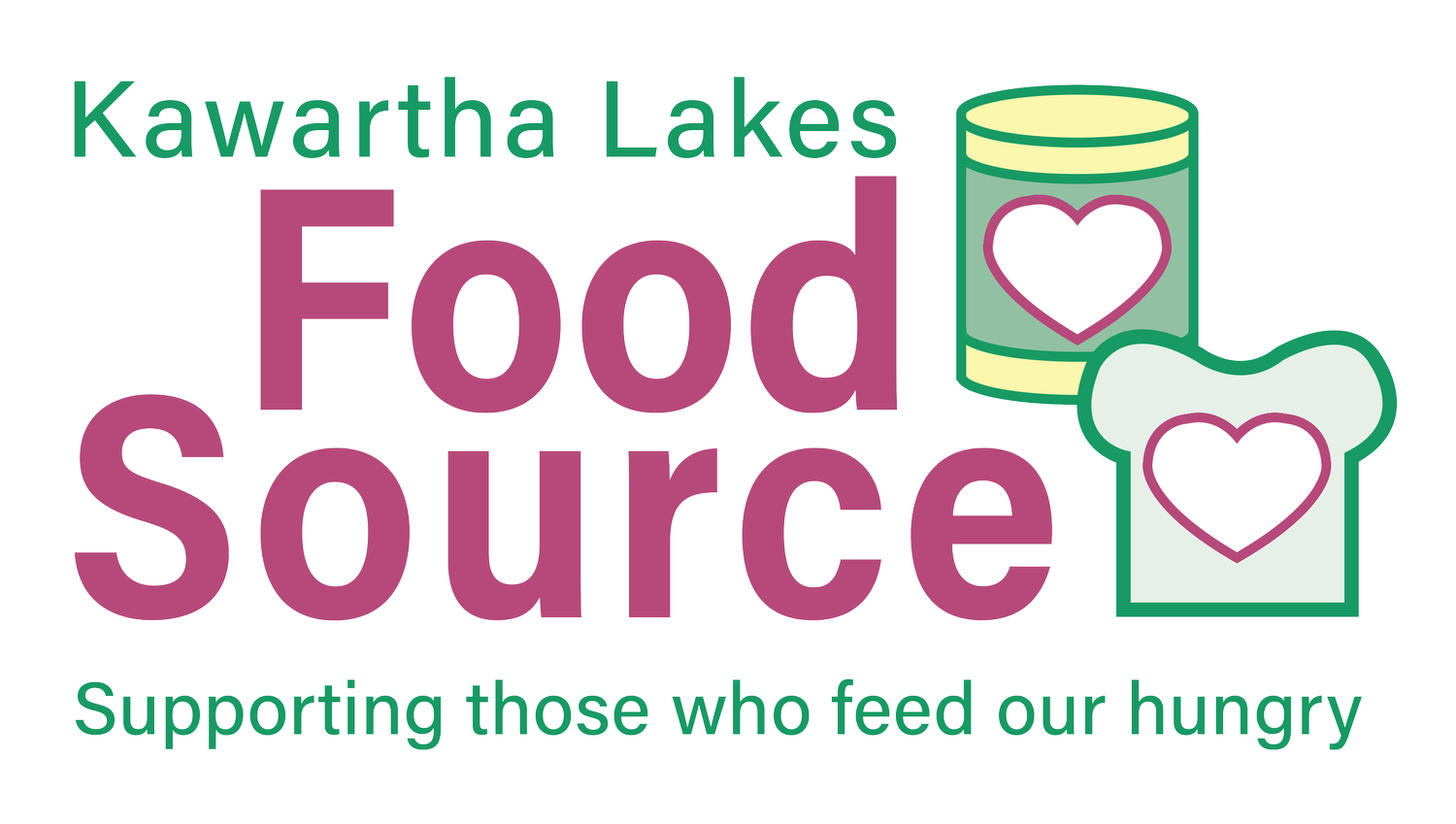OVER THE PAST YEAR, VISITS TO FOOD BANKS IN ONTARIO HAVE SPIKED AND MORE WORKING PEOPLE ARE FINDING THEY CAN’T MAKE ENDS MEET
Kawartha Lakes Food Source is a member of Feed Ontario and is sharing the 2019 Hunger Report. This Report is an annual analysis of aggregated data collected by the Ontario food bank network.
The primary reason that an individual or family may need to access a food bank is because they do not have sufficient income to afford all of their basic necessities each month. One in ten Ontarians has difficulties affording a modest, basic standard of living, including: a nutritious diet, clothing and footwear, shelter with electricity, heat and water, and transportation.
Food banks are a short term band aid fix to the larger circumstance of poverty. The employment landscape in Ontario is changing and is vastly different than it was twenty years ago. The 2019 Hunger Report focuses on Ontario’s changing employment landscape including: changing labour market, changing labour laws, the changing social safety net, and changing social assistance programs.
This change in the labour market is taking a toll on food bank usage. Heather Kirby, General Manager of Kawartha Lakes Food Source says “The road to the door of a food bank is as different as there are stars in the sky. Housing, child care and transportation are expenses that must be a priority which moves food to the bottom of the list. These choices are nearly impossible to make.”
Kawartha Lakes Food Sources stands with Feed Ontario in the following recommendations:
Close the gap between social assistance rates and Ontario’s Market Basket Measure (based on the concept of an individual or family not having enough income to afford the cost of a basket of goods and services, such as housing, food, and basic necessities),
Retain the current definition of ‘disability’ under the Ontario Disability Support Program ensuring that when those faced with debilitating illness they are able to access the support they need, and
Invest in affordable housing and a portable housing benefit to assist low income individuals and families with the high cost of housing.
Kawartha Lakes Food Source will highlight the changing labour market. To learn more about the other above noted changes, please read the 2019 Hunger Report in full at www.feedontario.ca.
The report says that in 1998 the majority of minimum wage positions in Canada were held by young people in high school that worked part time in order to gain experience and earn a little extra income.
Today, however this demographic has shifted: nearly half of the minimum wage workers are 25 years or older, more than one-third hold a post-secondary degree, and almost half are working full time.
Further, and perhaps most significantly, there has been a 163 percent increase in the percentage of minimum wage workers that are 55 years and older.
Minimum wages jobs now represent fifteen percent of Ontario’s workforce which is the highest in Canada. They typically do not provide sufficient income, particularly when compared to Ontario’s rising cost of living and rental rates across the province.
Gaining full time permanent employment is very challenging today. There has been a 31 percent increase in the proportion of workers employed in temporary positions, such as casual, seasonal and contract roles. This precarious employment is problematic in younger generations as they do not have the ability to save for purchases like a home or support a family. For the older demographic it affects their ability to save for retirement at what would be the peak of their earning potential.
In understanding that there are more people with employment income accessing food banks, and that even a recent job loss is moving people into poverty, it raises two questions: 1) is Ontario’s job market providing quality employment opportunities, and 2) are the supports that are in place to protect workers from poverty in the event of unemployment serving their purpose?
For more information about the 2019 Hunger Report go to: www.feedontario.ca.

